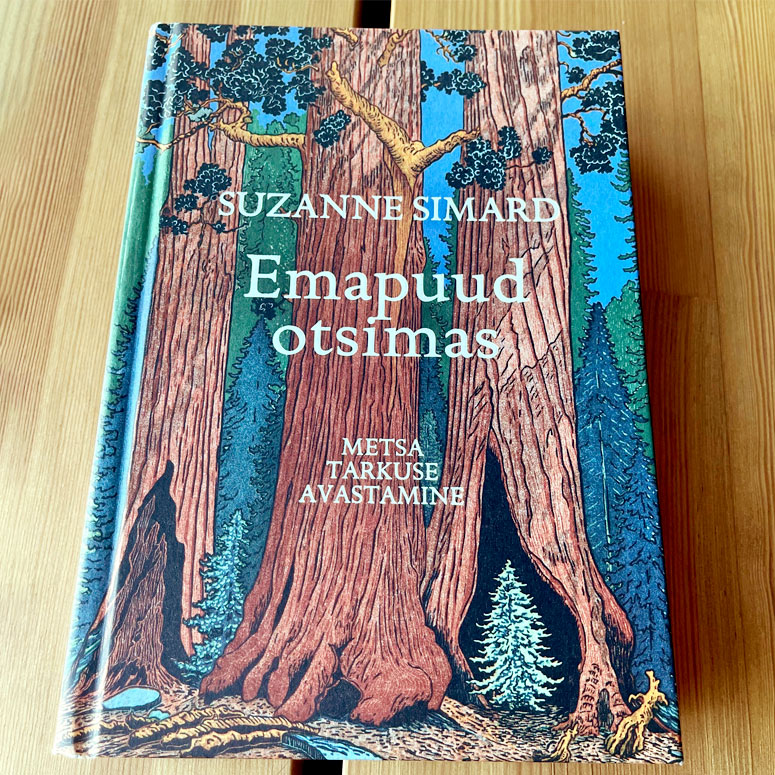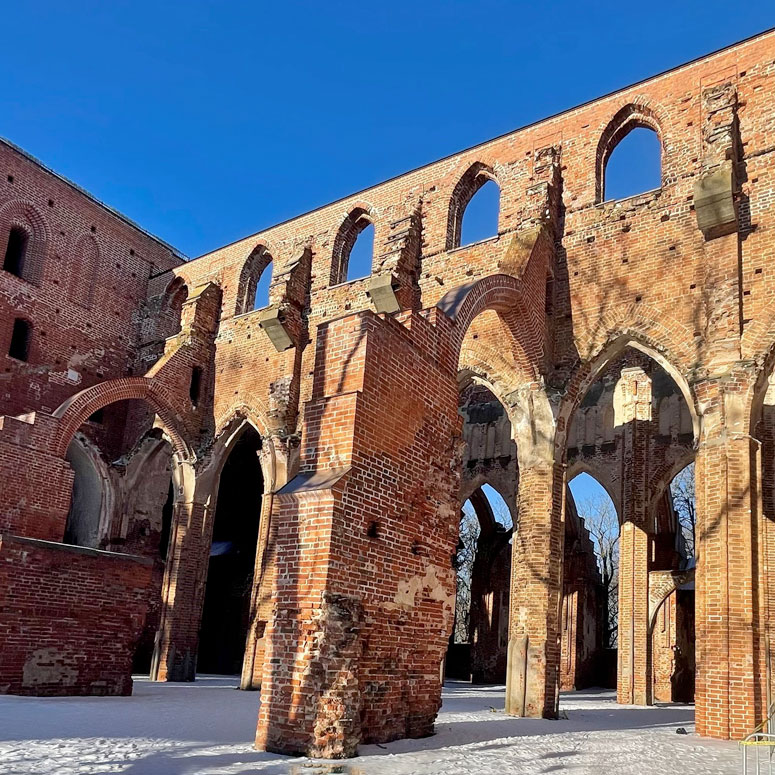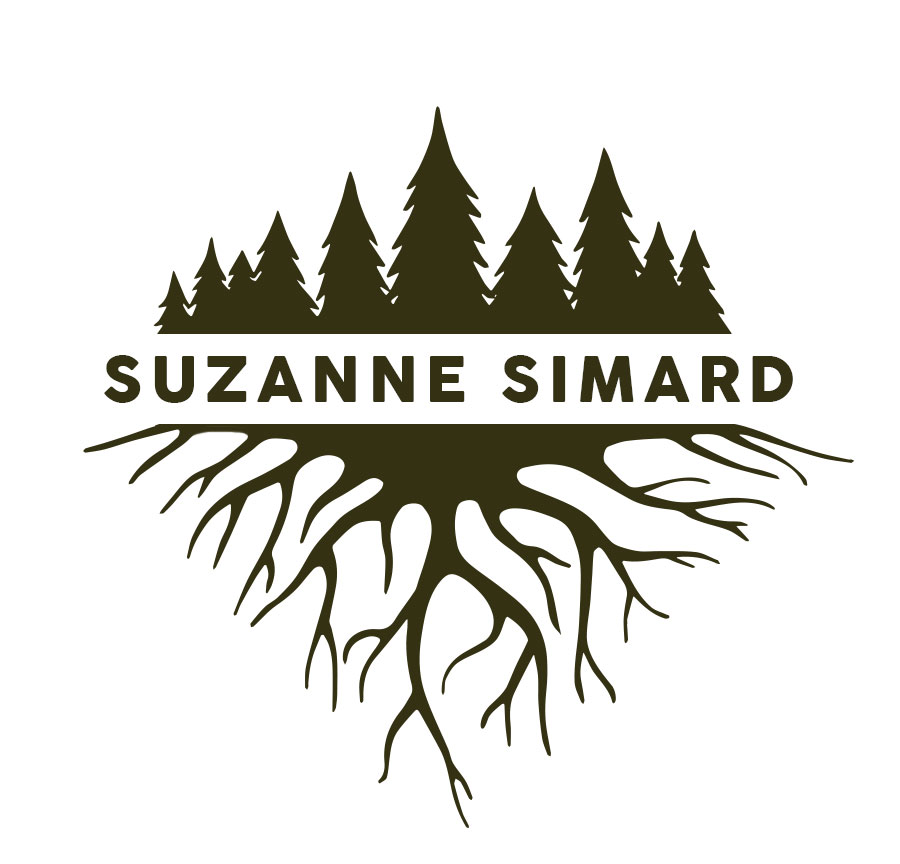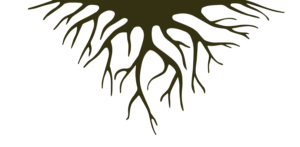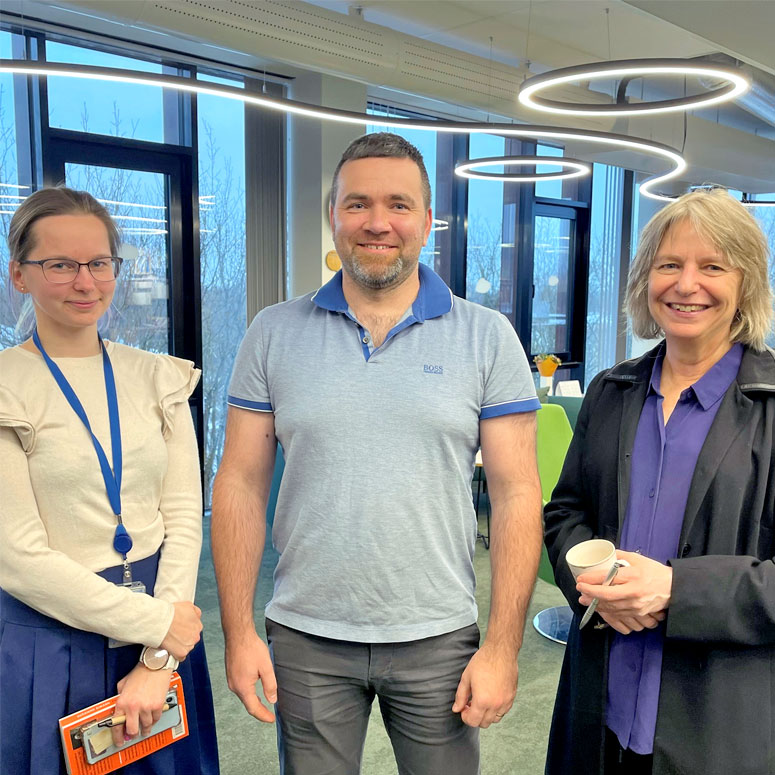
Earlier this year, researchers in mycorrhizal ecology and various other disciplines from the University of Tartu in Estonia defied the constraints of vast distances by inviting UBC Faculty of Forestry’s Dr. Suzanne Simard to speak to their community. Dr. Simard was encouraged to share insights from her extensive body of research, past and present, and serve as an opponent in a Ph.D. defense of Sanni Färkkilä.
Dr. Leho Tedersoo initiated this collaboration when his graduate student Sanni undertook a thesis exploring the utilization of nanoparticles in mycorrhizal ecology, along with the challenges inherent in conducting related experiments.
Reflecting on the invitation, Dr. Tedersoo noted, “It was clear to me there was a great deal of interest in Dr. Simard’s body of published work as well as her book Finding the Mother Tree: Discovering the Wisdom of the Forest which was translated into Estonian approximately one year ago,” said Dr. Tedersoo.
As the distinguished head of the Mycology and Microbiology Center at the University of Tartu, Dr. Tedersoo is recognized globally for his pioneering contributions to fungal research. Frequently acknowledged on Clarivate’s prestigious global list of highly cited researchers, Dr. Tedersoo is known for his significant contributions to studying fungi and their role in ecosystems and advancing the understanding of fungal diversity, ecology, and their broader impact on global ecosystems.
In speaking to the university crowd, Dr. Simard addressed highlights of her work on mycorrhizal networks in the temperate forests of western Canada. Furthermore, she delved into and dispelled the recent misinformation of her work in some public opinion articles.
Within the research community, Dr. Simard is renowned for her long-standing, groundbreaking study the Mother Tree Project, which investigates forest renewal practices that aim to safeguard biodiversity, carbon stocks, and forest regeneration as climate changes. The project assesses how seedlings from local, warmer, and colder climates respond to different levels of overstory tree retention, with a focus on seedling survival and growth.
“I was honored to receive the invitation and speak to this deeply engaged, Estonian community in person,” said Dr. Simard. “Despite the geographical separation of our forests, our research objectives align closely, particularly in our shared pursuit of nature-based solutions for mitigating climate change. I eagerly anticipate exploring collaborative opportunities in the future.”
